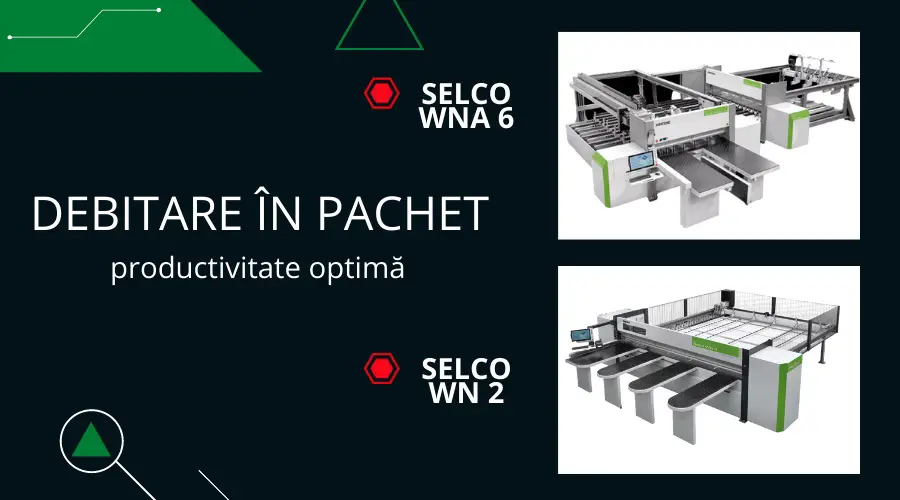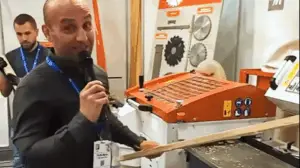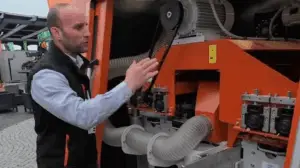Woodworking machines bring advantages well known to most furniture manufacturers: productivity, quality, efficiency. Circular sawing machines bring added value to both custom furniture manufacturers and mass producers, solving a wide range of challenges.
Lack of skilled staff is one of the challenges facing custom furniture manufacturers. Ease of operation is a major advantage of CNC centers such as Selco WN 2 and Selco SK 4. The panel handling effort is reduced and processing is done by following the instructions displayed on the machine monitor. Attention and concentration are the only skills required by the operator.
At the same time, the machine cuts on the elbow, so the quality of the end product is impeccable. And productivity is at its best, as the machine's rhythm forces continuous machining without breaks.
Cut-to-pack cutting circular saws take productivity to a new level for series producers too. In collaboration with Biesse, here are some recommendations on how to calibrate the machined batch size to achieve optimal saw productivity.

Saws give optimum performance when using the high stacking capacity.
In general, the cycle for cutting one sheet is the same as the cycle for cutting three or four sheets stacked on top of each other. The choice of the right saw is no longer made on the basis of the number of sheets processed in a given time, based on the maximum height of the bundle. Traditionally, the optimal choice meant processing the maximum or near-maximum stack height. Batch size or batch size reduction has changed this way of evaluation. It no longer evaluates the number of sheets required, but the number of cycles required.
From this perspective, if you intend to double the saw's output, you should double the batch size. The other option is to double the number of machines.
So, to the question "Why not maximize the stack height when using a chop saw?" the simple answer is lot size.
How do we do it in practice? Mitică Neacșu, Service Manager Accesoria Group | Equipment Division, recommends running a simulation before starting work. In this way "the manufacturer may find that framing for 23 bedrooms has a productivity of 95%, whereas framing for 20 bedrooms is not as efficient". The example needs to be adapted on a case-by-case basis, depending on the volume, the types of parts produced and the manufacturer's internal definition of 'batch'.
What does "a batch" mean?
The batch is defined differently in almost every factory. It can be a part, a box, a kitchen, a floor, a job or a mix in between. The purpose of working with "batches" is to balance the workflow by utilizing a variety of machining processes and tooling in the space available.
What is the correct batch size?
Finding the right batch size starts at the saw and is the first step to efficient machining. What would happen if a pre-determined batch size resulted in an average stack height that was less than the capacity of the saw being used? In such a situation, the saw is not inefficient or unproductive, but it does affect overall efficiency and productivity. Let's not forget that the time to cut a single sheet is about the same as cutting a stack.
What is the advantage of using a package cutting machine? The inherent ability to increase productivity. For series furniture manufacturers, it is achieved by increasing the batch size and cutting in bundles. For custom furniture manufacturers, the circular cut-to-pack makes up for the lack of skilled personnel and reduces the time it takes to complete the job.
Now is the right time to invest in a circular cut in pack? Is a circular or package cutting system? Does it help you achieve your goals? To schedule a consultation session to answer these questions and more, contact us at echipamente@accesoria.ro.



































Add comment